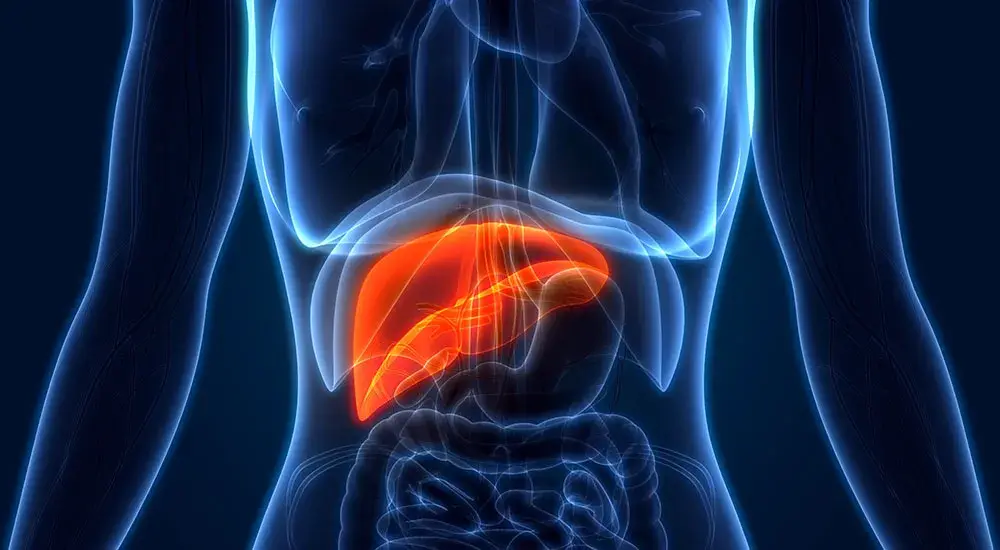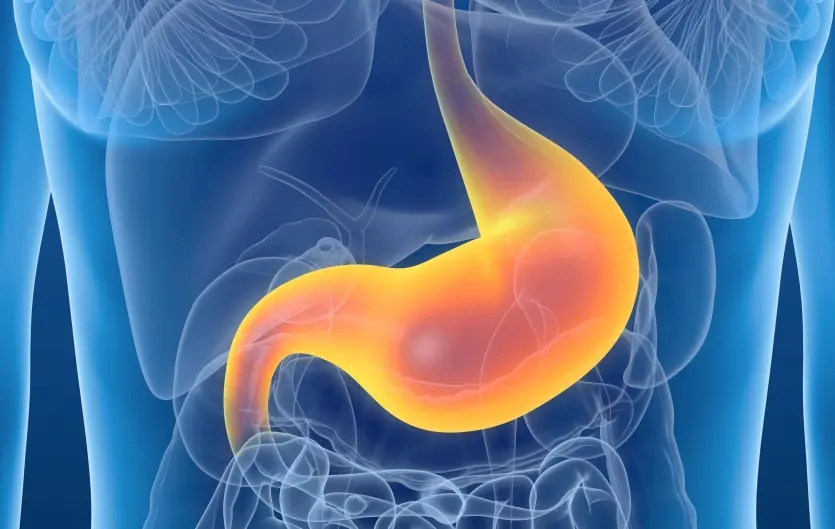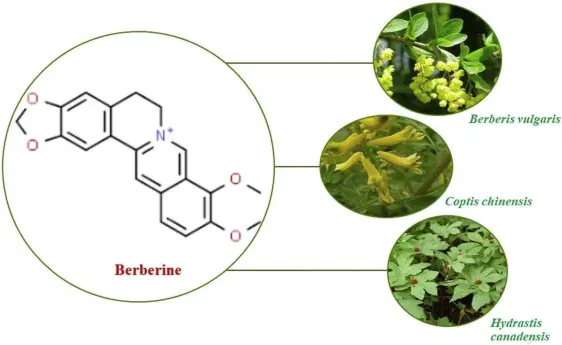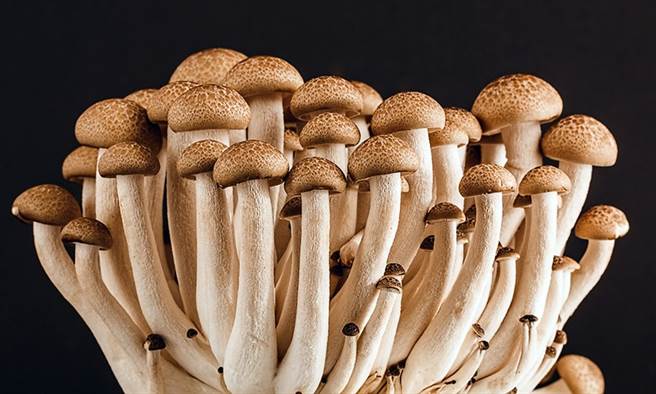Berberine Emerges as a Multi-Organ Protector: New Research Highlights Its Therapeutic Versatility
Berberine, a bioactive compound derived from plants like goldenseal and barberry, is gaining attention for its broad-spectrum protective effects on vital organs, according to recent studies. Researchers are uncovering its mechanisms in combating liver disease, gastrointestinal disorders, kidney damage, and more—positioning it as a promising natural therapeutic agent.
1. Liver: A Guardian Against Fatty Liver and Toxins
Research demonstrates berberine’s efficacy in non-alcoholic fatty liver disease (NAFLD) by regulating lipid metabolism and inflammation. In rodent models, it reduces triglycerides and cholesterol by enhancing bile acid excretion and suppressing key enzymes like fatty acid synthase (FAS). Notably, it counters fibrosis by blocking NLRP3 inflammasome activation and macrophage infiltration. Synergistic effects emerge when combined with therapies like Garcinia cambogia, which amplify gut microbiome modulation and fat tissue remodeling. Beyond NAFLD, berberine mitigates drug-induced liver damage—such as methotrexate toxicity—by neutralizing oxidative stress via p38-MAPK and NF-κB pathway inhibition.

2. Stomach: Shielding Against H. pylori and Chronic Inflammation
Berberine shows potent anti-Helicobacter pylori activity in human gastric epithelial cells. Studies reveal it reverses H. pylori-induced apoptosis by restoring Bcl-2 protein balance and dampening ERK1/2 signaling. In rats with chronic atrophic gastritis, it suppresses pro-inflammatory cytokines (TNF-α, IL-6) while upregulating autophagy markers like LC3II, offering a dual-action defense against tissue degradation.
3. Kidneys: Combating Oxidative Stress and Fibrosis
Berberine protects renal cells from oxidative damage by reducing mitochondrial ROS and NLRP3 inflammasome activity. In ischemia-reperfusion injury models, it activates the SIRT1/Nrf2 antioxidant pathway to curb fibrosis and reduces serum creatinine levels. A groundbreaking discovery shows it forms supramolecular complexes with aristolochic acid—a notorious kidney toxin—blocking its metabolic activation and preserving gut microbiota stability.
4. Gut: Balancing Microbiota and Strengthening Barriers
Clinical trials highlight berberine’s role in restoring gut microbiome balance by suppressing pathogens (Salmonella, Staphylococcus) and promoting beneficial Lactobacillus. In ulcerative colitis models, it upregulates tight-junction protein claudin-1, reducing intestinal permeability and TNF-α-driven inflammation. Its analgesic properties also alleviate visceral hypersensitivity in irritable bowel syndrome (IBS), offering relief from chronic pain.
5. Pancreas: Easing Severe Inflammation
In mice with acute pancreatitis, berberine dramatically lowers serum amylase and pro-inflammatory IL-6 levels. Researchers attribute this to HO-1 activation and NF-κB pathway suppression, which together reduce oxidative stress and tissue damage—a finding with implications for managing metabolic-inflammatory disorders.
References
- Yu H, Du JL. (2020). Research Progress on Pharmacological Effects and Mechanisms of Berberine. Chinese Journal of Modern Applied Pharmacy, 37(4): 501-507.
- Chen ML, et al. (2022). Advances in Pharmacological Effects and Mechanisms of Berberine. Chinese Traditional and Herbal Drugs, 53(18): 5861-5872.test test










